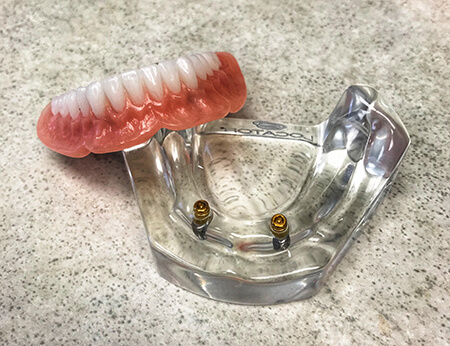4. Speech Impediments
Some wearers may experience difficulties in speaking clearly with snap-in dentures, particularly when the devices move or become loose in the mouth.
5. Bone Resorption Risks
Snap-in dentures can contribute to bone resorption over time, as they do not provide the same level of stimulation to the jawbone as dental implants.
6. Regular Adjustments Needed
To maintain optimal fit and function, snap-in dentures often require frequent adjustments by a dental professional, which can be time-consuming and costly.
7. Potential Discomfort
Some individuals may find snap-in dentures uncomfortable to wear, especially if the fit is not perfect or if the devices cause irritation to the gums.

Credit: rockvilledentalarts.com
8. Reliance on Adhesives
In some cases, snap-in dentures may rely on adhesives to help secure them in place, which can be inconvenient and add extra steps to the daily routine.
Frequently Asked Questions For Problems With Snap-in Dentures
What Are Snap-in Dentures?
Snap-in dentures are removable appliances that attach to dental implants for improved stability and function.
How Are Snap-in Dentures Different From Traditional Dentures?
Snap-in dentures are secured by dental implants, offering more stability and preventing bone loss compared to traditional dentures.
Are Snap-in Dentures Comfortable To Wear?
Snap-in dentures are designed for improved comfort and avoid the bulkiness and discomfort commonly associated with traditional dentures.
Can Snap-in Dentures Improve Chewing Ability?
Snap-in dentures provide enhanced chewing ability and stability, allowing individuals to comfortably eat a wider variety of foods.
Conclusion
While snap-in dentures can be a viable option for tooth replacement for some individuals, it’s essential to be aware of the potential problems associated with these dental devices. Before making a decision, consult with your dentist to explore all available options and find the best solution for your oral health needs.











